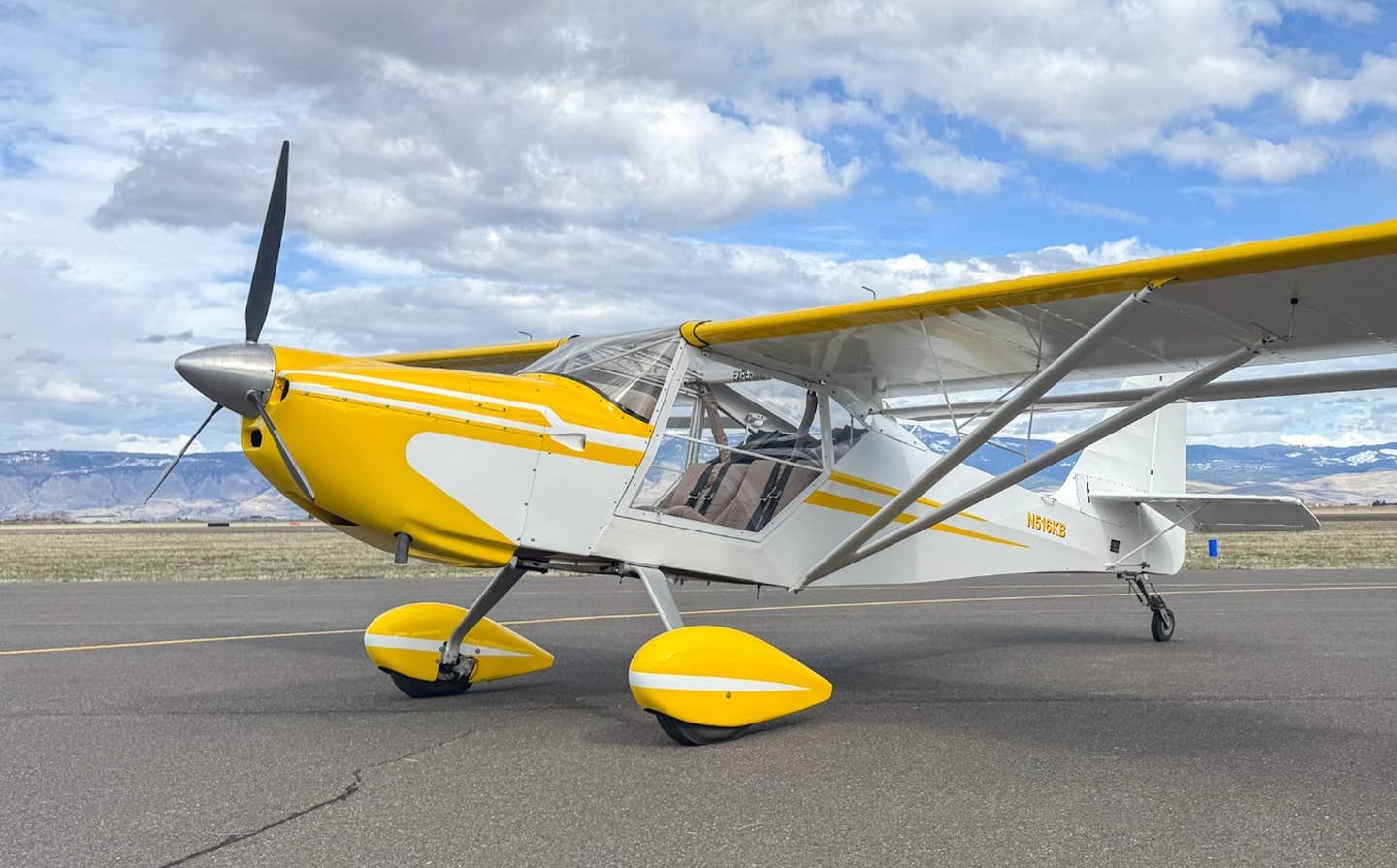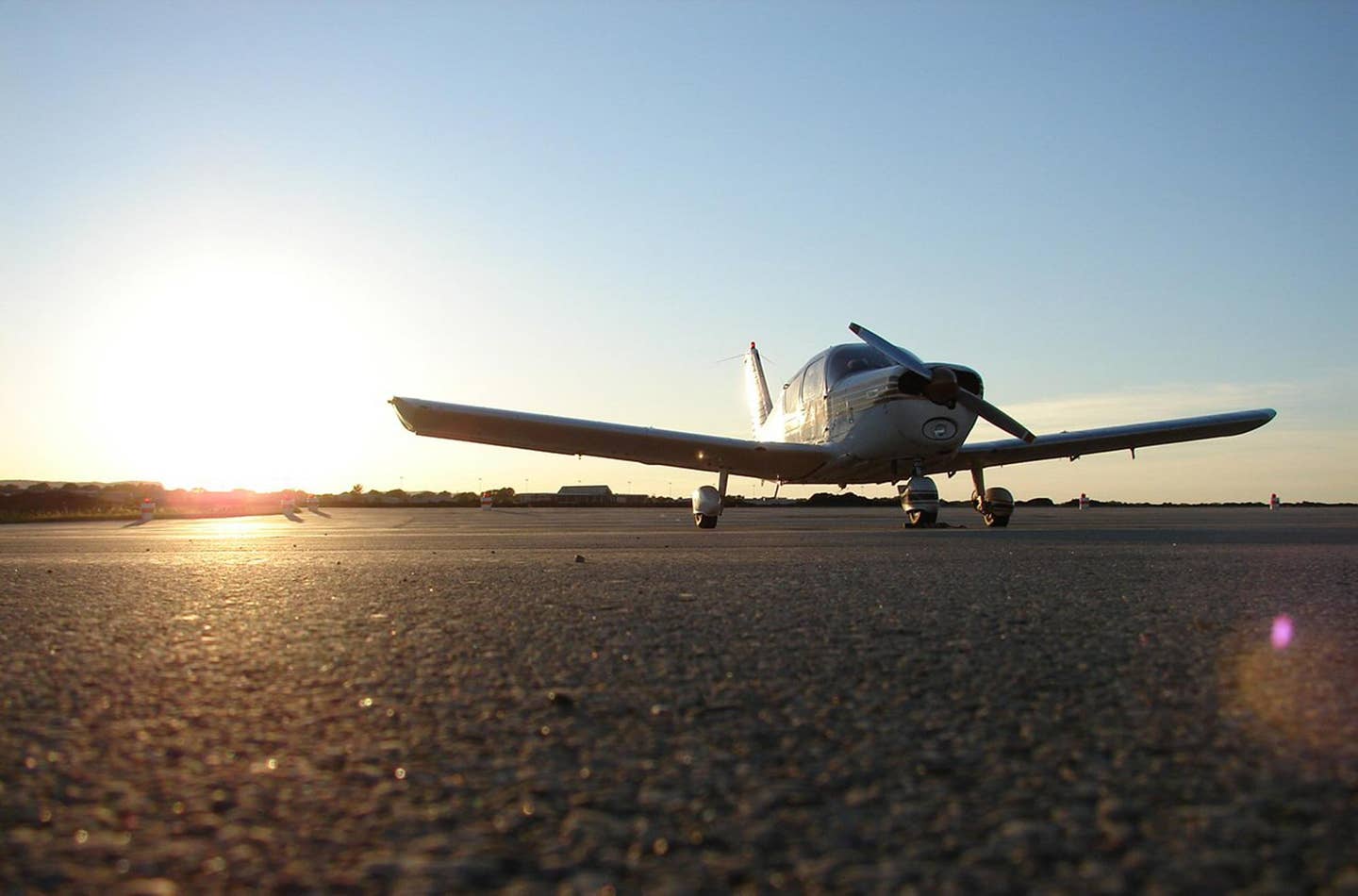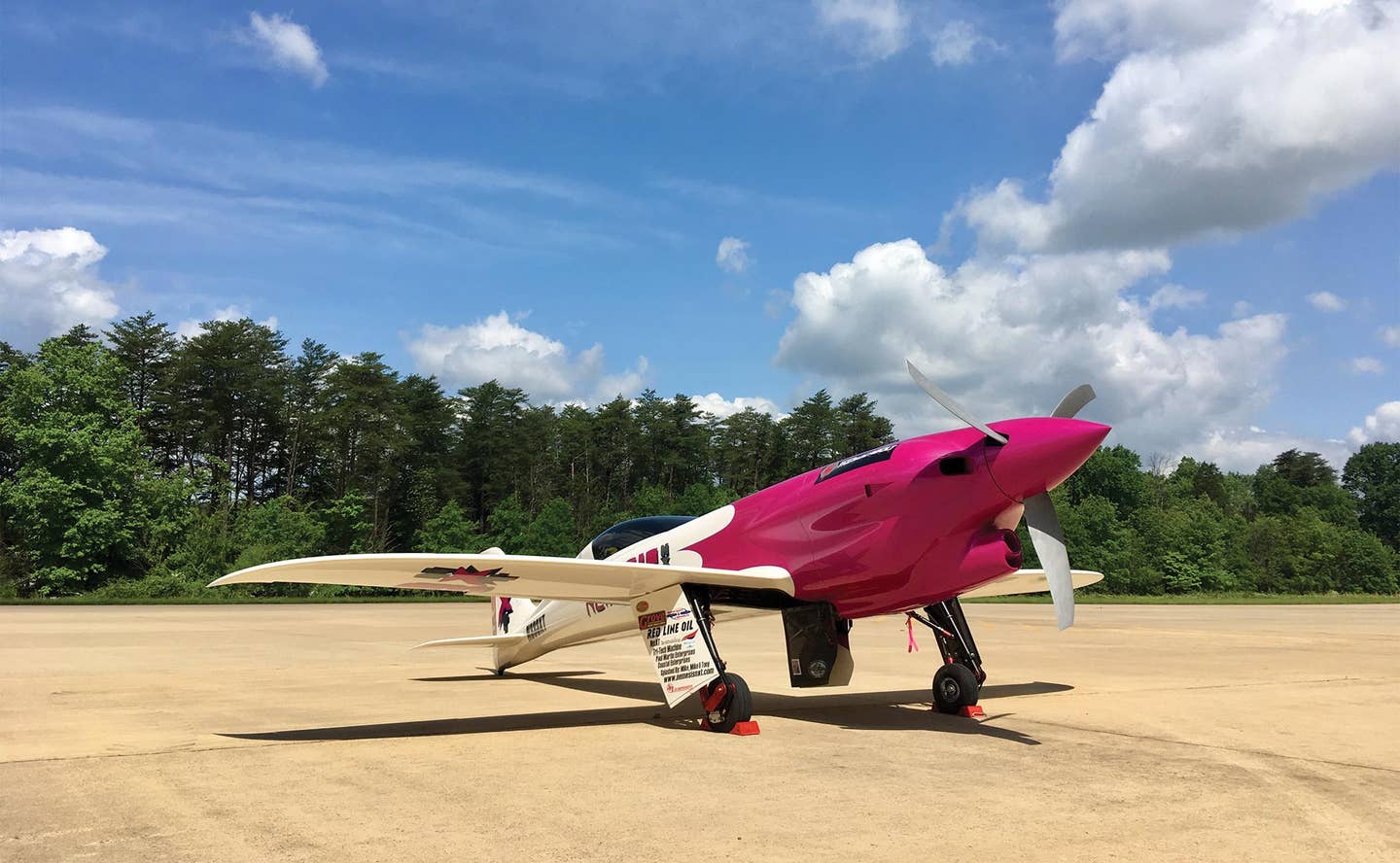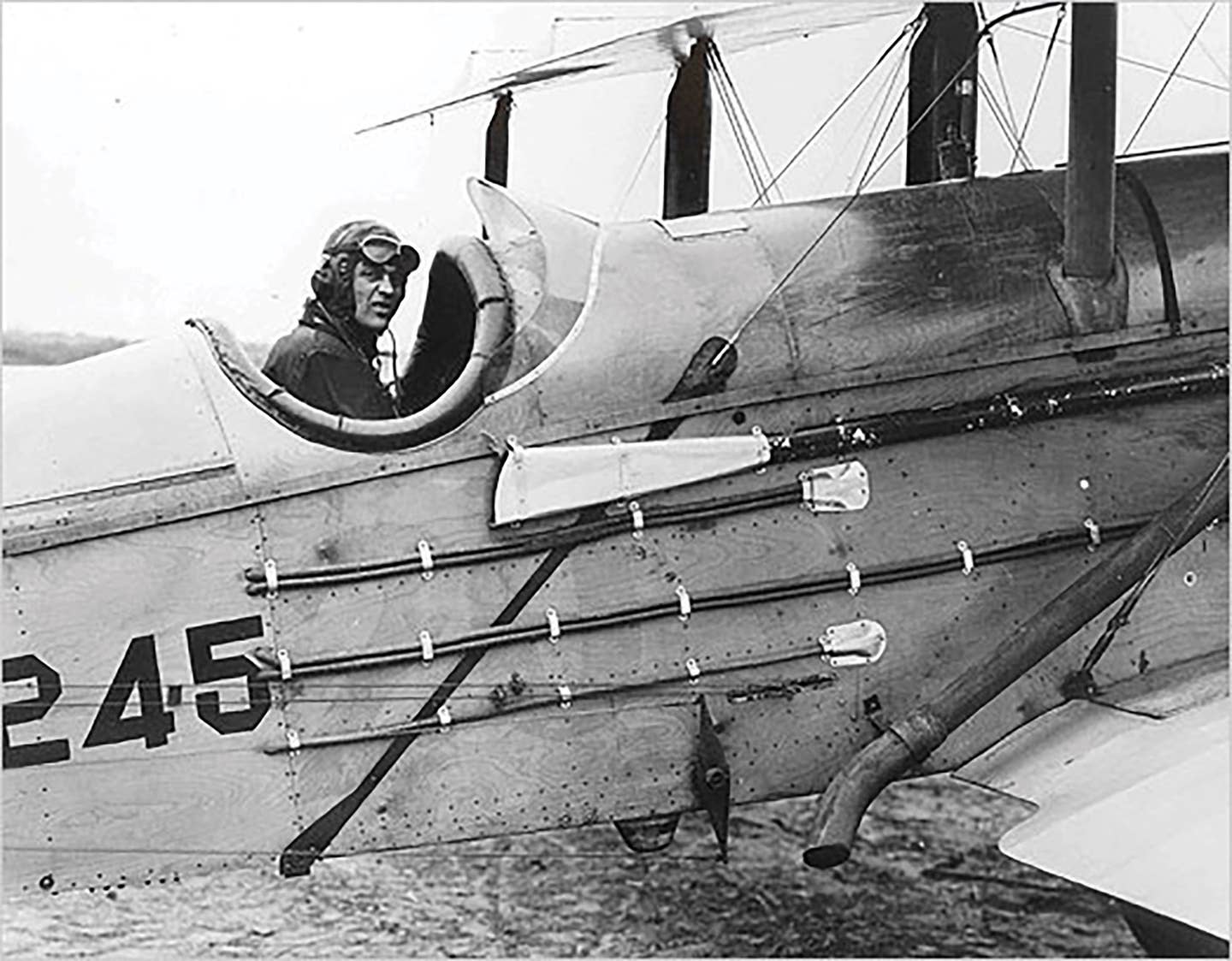General Electric J47 Turbojet Engine
Just as the limitations of the rotary engine opened the door late in World War I to new powerplant technologies, so, too, did the limitations of piston aero engines give…
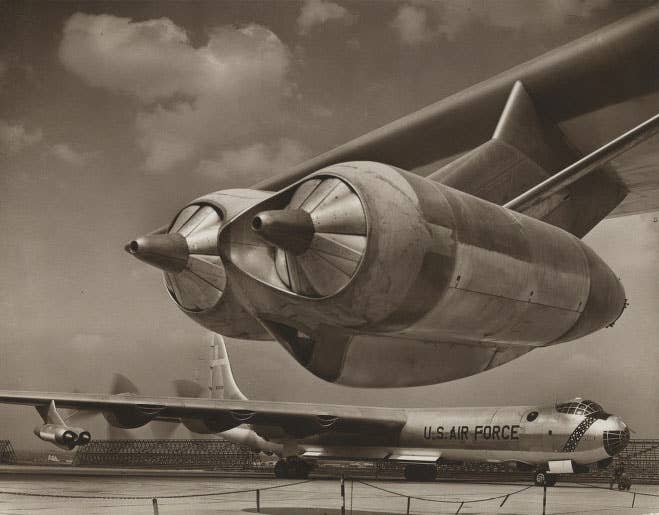
The General Electric J47 turbojet engineâmounted in a pair hereâpaved the way for a modern age of aviation, powering both light and very fast fighters along with the biggest bombers, like this Convair B-36 Peacemaker, which paired four turbojet engines with six four-row Pratt & Whitney Wasp Major radial engines in a pusher configuration. Photo by Wal Nelowkin, CC BY-SA 4.0, via Wikimedia Commons.
Just as the limitations of the rotary engine opened the door late in World War I to new powerplant technologies, so, too, did the limitations of piston aero engines give way to the development and wide adoption of jet engines, principally the turbojet at first.
In what ways did piston engines fall short? Let us count the ways! They were heavy, mechanically complex (in multirow radials, incredibly so), relatively unreliable and, lastly and most importantly, they needed a propeller. What is wrong with propellers? One big thing is they can only spin so fast, and the bigger you make them, the faster their tips spin, and once the tips go supersonic, the aerodynamic penalties are staggering. By the end of the 1930s, big-engine piston fighters were knocking on the speed of sound, and it became clear that the biggest thing holding them back was the propeller---well, along with the limited amount of horsepower you could get out of a piston engine without making it prohibitively heavy and complex. None of it would work, and in an age when speed meant power and survival, there had to be a better way.
That way was the turbojet engine, first developed independently by British engineer Frank Whittle and German designer Hans von Ohain. Compared to even a low-powered piston engine, a jet engine is mechanically simple, and the concept---that the propulsion would be provided by direct thrust and not the use of a secondary device, the propeller---freed aircraft designs of the need for a propeller. It was clear that the speed of sound would fall before long.
Even by the end of the war, the end was nigh for piston-engine-powered fighter aircraft. The Luftwaffe even fielded a remarkably effective jet fighter, the Messerschmitt Me-262, a twin-jet fighter that was produced at the end of the war in limited numbers, which was in part because Allied bombers went to great lengths to target the plants where the jet was being produced.
It's hard to pin the mantle on any one turbojet engine as the one, but the General Electric J47 is a good place to start. Developed from previous-generation GE engines, the J47 made its mark, powering some of the most iconic early jet fighters, including the North American F-86, as well as groundbreaking post-war bombers such as the Boeing B-47 Stratojet and the Convair B-36 Peacemaker. General Electric churned out more than 36,000 J47s in just over eight years. Developing about 6,000 pounds of thrust, the J47 was able to power sufficiently sleek jets to low supersonic speeds. Before long, turbojet engines were increasingly powerful. A decade after the J47 made its first flight, GE's YJ93 turbojet was capable of producing up to 30,000 pounds of thrust with afterburner, powering the North American XB-70 to up to Mach 3.1.
Turbojet engines would revolutionize commercial air travel as well, helping manufacturers create airliners, like the groundbreaking Boeing 707, that could hurdle continents by flying at high subsonic speeds while carrying previously unimaginably large payloads.

Subscribe to Our Newsletter
Get the latest Plane & Pilot Magazine stories delivered directly to your inbox


